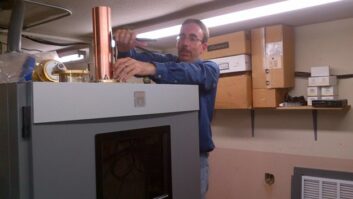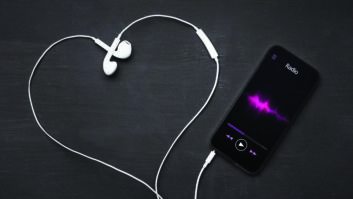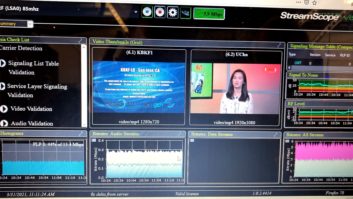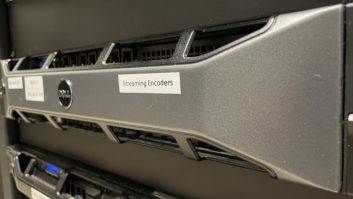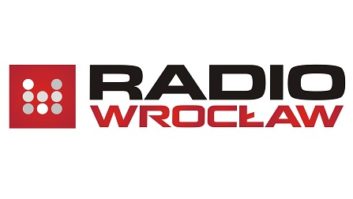Ben Barber is president/CEO of Inovonics Inc. This interview is from the ebook “The Ecosystem of Streaming.”
Radio World: What has been the most notable evolution in the role audio streaming plays in our business?
Ben Barber: Today’s radio audiences are not only over the air. A big part of the audience listens online, many more than were listening a few years ago. That means the station’s programming will be listened to in many different environments, not just cars, but phones and computers as well as smart speakers. With this added “outlet,” metadata needs to be closely looked at and monitored since “radio” isn’t “pictureless” any longer.
RW: What types of technologies have become available to help?

Barber: In the past, stations took a feed from their on-air audio processor and simply sent that to a streaming provider. That may not be the best practice any longer.
Streaming algorithms don’t like hard clipping of the audio, so care needs to be taken in balancing a dense sound while making it not sound overprocessed.
RW: What role does monitoring play including things like audio presence, audio quality and metadata?
Barber: Monitoring it super important. If you’re not monitoring your stream 24/7 it is really easy for a server to drop a connection or a third-party aggregator to drop your stream and you not be aware of it. There are software programs that can monitor your stream but a dedicated hardware box is the best option.
Inovonics just launched its latest Streaming Monitor, which can do HLS streams as well as HTTPS streams, and gives you all sorts of diagnostics. It monitors metadata, stream quality, dropped packets, ping and audio buffer quality.
I like to say that if you’re not monitoring your stream, you must not think it is important. We monitor what we find important in life!
RW: Why is HLS important?
Barber: The beauty of HLS is that the internet is great at “bursting” data and not so good at keeping a constant flow of data going. This burst is typically 8 seconds of audio data, so every 8 seconds you get another burst. The audio player then slowly plays this audio out, and as the buffer decreases another burst of audio is downloaded, which replenishes the buffer.
In our Model 611 Streaming Monitor this buffer is constantly monitored and displayed graphically. This assists the engineer in seeing if things are happening quickly enough. This graph can be expanded to display up to 24 hours of history, which again gives the engineer the ability to “see” that their streaming server is keeping up.
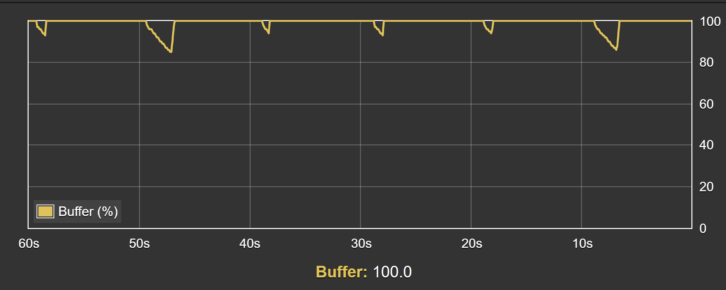
RW: What is the role of variable bitrate technology?
Barber: Another feature of HLS is that if the network connection is not great, the bitrate of the audio can be lowered, preventing dropouts of the audio. It’s true that the audio quality will not be as good, but it’s better to have lower quality than silence!
The connection between the listening device and server is constantly monitored, and when lower quality is required to keep the “audio playing,” lower-bitrate chunks are served.
RW: Does a monitoring device help avoid problems with wide variations in loudness from different sources?
Barber: The Model 611 has the ability to do StreamRotation, which means it can sequentially monitor multiple streams. With the graphing in Streaming Monitor you can quickly see which streams are “louder” or “softer” than others. It doesn’t mean that the loudness wars of OTA radio need to happen, but a similar loudness or levels should be maintained between streams of similar formats. If a listener changes streams, they don’t want to be constantly changing the volume level.
